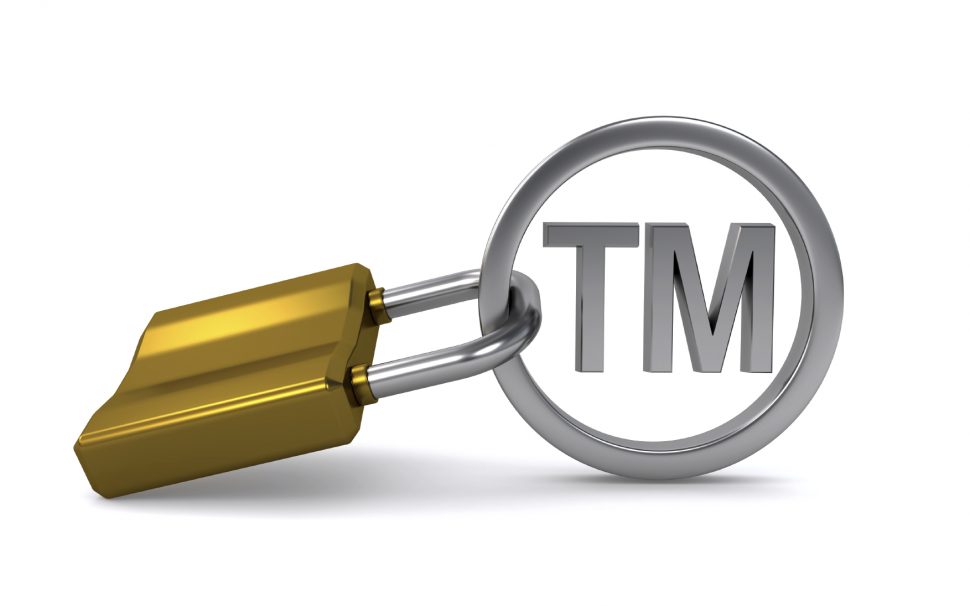-

OVERVIEW OF COMPARATIVE STANDARDS FOR PROTECTION OF TRADEMARKS
1. Introduction Any international discussion of trademarks protection regime today must stem from the Agreement on Trade Related Aspects of Intellectual…
1 -

THE NIGERIAN CREATIVE INDUSTRY AND INTELLECTUAL PROPERTY RIGHTS IN A DIGITAL ENVIRONMENT
1. BASIC FACTS AND FIGURES One thing is crystal clear: there is an abundance of talent in Nigeria and from Nigeria.…